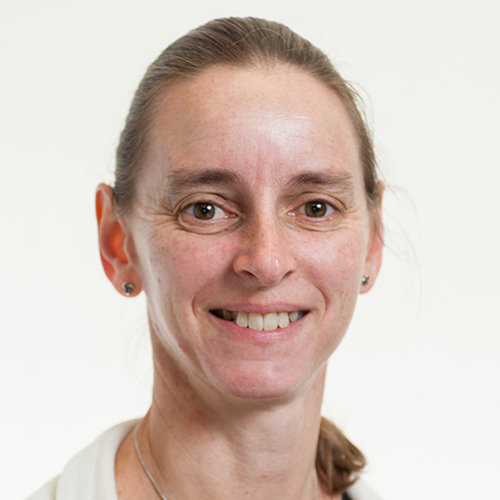Industrial formulations
We create new renewable polymers and research their use in formulations and manufacturing technologies.

Polymers and formulation
Formulation—combining functional chemicals into a suitable delivery vehicle—is a core technology in the coating, colouring, adhesive, agricultural and animal health industries.
Polymers are widely used in industrial formulations, but are traditionally made from petrochemicals. With our industry partners, we are researching new renewable polymers with a focus on carbohydrates, especially cellulose. These materials have enhanced properties and also enable companies to claim novelty in their use and develop new products and markets.
We also have a strong interest in carbohydrates for therapeutic applications and in their analysis.
Current projects
We are involved in the following research projects:
- development of new dual switch liposomes and micelles
- renewable emulsifiers
- the physical chemistry of insecticidal formulations
- long term slow-release formulations
- novel materials development.
Some of these projects are suitable for postgraduate research projects, including Masters and PhD theses. Please contact Dr Alison Daines for more information.
Senior Scientist · Postgraduate Coordinator
Ferrier Research Institute
Dispersible paint pigment
We worked alongside the D’Arcy Polychrome team to develop the technology required to make dispersive polychromatic colour granules for their drikolor® paint range.
Sachets of drikolor® granules are stirred into white paint by the user, rather than being tinted in a paint shop. Creating a granule that dissolves and disperses quickly was the key to making the product work—a challenge solved by the Ferrier chemists.
This paint and concrete colouring product is now being sold around the world.
Renewable paint binder
Binders have a key role in forming a paint film by holding inorganic pigments and water together. Ideally they produce a uniform, durable coating that can expand and contract with temperature and is UV-resistant.
Work on renewable polymers began in response to the ‘What’s your problem New Zealand?’ competition, when a local company, Resene Paints Limited, won $1 million worth of research to develop a renewable binder for their paints.
A renewable binder was successfully created by the Ferrier chemists and the project attracted further funding from the former Foundation for Research, Science and Technology.
Staff
Senior Scientist · Postgraduate Coordinator
Ferrier Research Institute
Collaborators
- A*STAR, Institute of Medical Biology (biomedical research)
- Argenta Manufacturing Limited (animal health)
- D’Arcy Polychrome Limited (pigments)
- Nuplex Industries Limited (industrial chemicals)
- The Population Council (pharmaceutical development)
- Resene Paints Limited (coatings)
- Zelam Limited (crop and timber protection)
Publications
- Synthesis, characterisation and microbial utilisation of amorphous polysugars from lactose, Carbohydrate Polymers (2015).
- Doubly renewable cellulose polymer for water-based coatings, ChemSusChem(2014)
- Engineering a vascular endothelial growth factor 165-binding heparan sulfate for vascular therapy, Biomaterials (2014)
- Affinity-selected heparan sulfate for bone repair, Biomaterials (2013)


